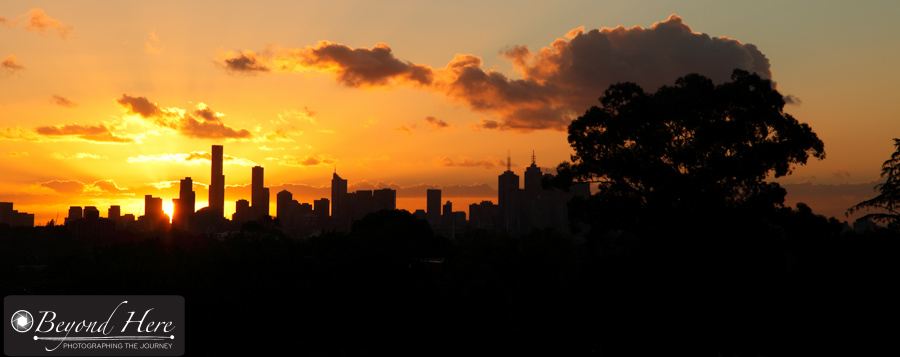There has long been a place (and a market!) for images shot in a studio on a plain background – just ask any established studio photographer. Studio images on plain backgrounds help to focus you entirely on the subject. But what if you are looking to bring a more contemporary look to your images? Have you tried to use recognizable backgrounds to add impact? And by backgrounds, I don’t mean studio backdrops – I mean real locations.
Why do recognizable backgrounds help to make a strong image? Recognizable backgrounds add location and meaning to an image. They create a connection with the viewer who will often know the exact location the image has been shot at, and may have even stood in the exact same location.

People who know Melbourne will instantly recognize this location
In this image, people who know Melbourne, Australia will instantly recognize this as the front entrance to the Flinders Street Railway Station on the corner of Flinders Street and Swanston Street. The location adds a distinct local flavor, and creates a connection with the viewer. Many people have stood in this exact location.
Why is this an opportunity for your photography business? Demand for images shot in the studio and isolated on white is falling, and demand for real people in real locations (including recognizable locations!) is booming. It is about creating genuine images which the viewer can relate to. Real people, real locations.

It’s possible to shoot in a variety of locations in a single shoot
Here are seven quick reasons why you might want to catch this wave.
- clients love to shoot images which connect them to the location. Whether it’s permanent residents or travelers, people have an emotional connection to their home town, whether it’s a permanent or temporary home town.
- locations look different at different times of year. Use the seasons to your advantage and shoot different styles in different seasons. Think how you could use this to shoot different images of the same client at different times of year?
- if you are starting out, you can shoot this style of image with minimal cost. You may want a reflector or two, but you won’t incur the costs of setting up a studio when you shoot this type of image. This can be a very cost effective way to build a portrait business or stock portfolio.
- demand for ‘local’ stock images is growing rapidly. Stock buyers are moving away from images which could have been shot anywhere, to images which clearly have context and location. If you are interested in driving your stock photo sales, shoot local and make it clear that the images have context and location.
- shooting images on location is fun. I find it really enjoyable walking around my hometown finding new locations and shooting interesting local images. Often you can generate a very wide variety of images in a short period of time.
- there is an almost limitless range of possible locations. I am shooting a stock photography series using locations in my home town. I started by writing down some locations to use, and ended up with a list of ideas three pages long! You won’t run out of locations to shoot at. Think creatively and you will be able to generate a huge range of shoot locations.
- clients love to share location images on social media. This can only be good for business.
Thanks for reading this post. I hope you can use recognizable backgrounds to create some cool images and benefit your photography business. Happy shooting.















